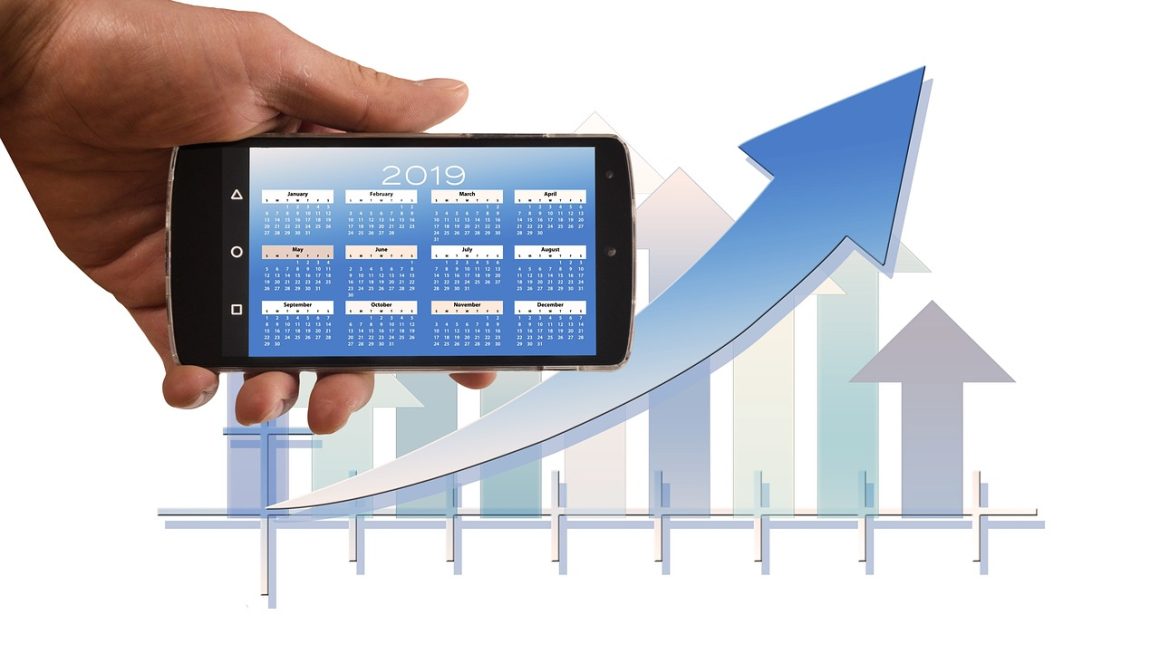Invoicing, often seen as just a formality, is the lifeblood of any business. It’s the crucial process that transforms your hard work and services into revenue. Choosing the right invoice tools can dramatically streamline your operations, improve your cash flow, and even enhance your professional image. But with a plethora of options available, how do you select the ideal one for your specific needs? This guide delves into the world of invoice tools, helping you understand their features, benefits, and how to choose the perfect fit for your business.
Why Use Invoice Tools?
Invoice tools are more than just digital replacements for pen and paper. They offer a range of features designed to simplify and automate the invoicing process, saving you time and reducing errors. Let’s explore some key reasons why your business should embrace them.
Increased Efficiency
- Automated Invoice Generation: Create professional invoices in minutes with customizable templates.
- Recurring Invoices: Set up automated invoices for repeat clients, saving valuable time.
- Payment Reminders: Send automated reminders to clients with overdue invoices, improving your payment collection rate.
- Simplified Tracking: Easily track invoice statuses (sent, viewed, paid, overdue) in one central location.
For example, a freelance graphic designer who works with multiple clients on a monthly retainer basis can use recurring invoices to automatically generate and send invoices each month. This eliminates the manual effort of creating individual invoices and ensures timely billing.
Improved Accuracy
- Reduced Errors: Minimize manual data entry errors with automated calculations and pre-filled client information.
- Clear Communication: Ensure clear and accurate billing information is presented to your clients, reducing confusion and disputes.
- Tax Compliance: Easily calculate and apply relevant taxes to your invoices, ensuring compliance with tax regulations.
A small e-commerce business, for example, can use invoice tools to automatically calculate sales tax based on the customer’s location, reducing the risk of errors and ensuring compliance with local tax laws.
Enhanced Professionalism
- Customizable Templates: Create professional-looking invoices that reflect your brand identity.
- Branding: Add your logo, company colors, and other branding elements to your invoices.
- Improved Client Perception: Present a professional image to your clients, boosting their confidence in your services.
A consultant can leverage the branding options within invoice tools to create visually appealing invoices that reinforce their brand and create a positive impression on their clients.
Better Financial Management
- Simplified Record Keeping: Easily track all your invoices and payments in one place.
- Improved Cash Flow: Faster invoicing and payment reminders lead to quicker payments and improved cash flow.
- Reporting and Analytics: Generate reports on your invoicing activity to gain insights into your business performance.
For instance, a construction company can use invoice tools to track project-specific expenses and generate detailed reports on profitability.
Key Features to Look For
Choosing the right invoice tool requires careful consideration of your specific needs. Here are some key features to look for:
Customization Options
- Template Variety: Look for a tool with a variety of professional invoice templates to choose from.
- Branding Elements: Ensure the tool allows you to add your logo, company colors, and other branding elements.
- Custom Fields: The ability to add custom fields to your invoices to include specific information relevant to your business.
For example, a marketing agency may require custom fields to include campaign IDs or performance metrics on their invoices.
Payment Processing
- Multiple Payment Gateways: Integrate with popular payment gateways like PayPal, Stripe, and Square to offer your clients a variety of payment options.
- Online Payments: Allow clients to pay invoices online with credit cards, debit cards, or bank transfers.
- Automated Payment Reminders: Set up automated payment reminders to nudge clients with overdue invoices.
Consider a photographer who might offer clients the option to pay invoices online through PayPal, streamlining the payment process and improving cash flow.
Reporting and Analytics
- Invoice Tracking: Track the status of your invoices (sent, viewed, paid, overdue).
- Payment Reports: Generate reports on your payments received, outstanding balances, and other key financial metrics.
- Financial Insights: Gain insights into your business performance with detailed financial reports.
An example could be an IT services provider using the reporting features to identify clients with consistently overdue invoices and adjust their payment terms accordingly.
Integration Capabilities
- Accounting Software: Integrate with accounting software like QuickBooks or Xero for seamless financial management.
- CRM Systems: Integrate with CRM systems like Salesforce or HubSpot to streamline your sales and invoicing processes.
- Project Management Tools: Integrate with project management tools like Asana or Trello to track project progress and generate invoices based on completed milestones.
A web development agency might integrate their invoice tool with their accounting software (e.g., Xero or QuickBooks) to automatically synchronize invoice data and simplify their bookkeeping process.
Popular Invoice Tools Available
The market offers a range of invoice tools, each with its strengths and weaknesses. Here’s a brief overview of some popular options:
Free Options
- Zoho Invoice: A free invoice tool for small businesses and freelancers. Offers basic features like invoice creation, payment tracking, and reporting.
- Wave Accounting: A free accounting software that includes invoicing features. Suitable for small businesses with simple accounting needs.
- Invoice Simple: Offers a free version with limited features, ideal for very basic invoicing needs.
These free tools are generally suitable for freelancers and small businesses with limited invoicing needs and a tight budget.
Paid Options
- QuickBooks Online: A comprehensive accounting software that includes robust invoicing features. Suitable for small to medium-sized businesses. Offers advanced features like inventory management, payroll, and financial reporting.
- Xero: Another popular accounting software with strong invoicing capabilities. Known for its user-friendly interface and integration with various apps.
- FreshBooks: Specifically designed for freelancers and small businesses. Offers a user-friendly interface, project management features, and time tracking capabilities.
Paid options typically offer more advanced features, customization options, and integrations compared to free tools. They are suitable for businesses with more complex invoicing and accounting needs.
Choosing the Right Tool: A Practical Example
Let’s say you’re a freelance marketing consultant. You need a tool that allows you to:
- Create professional-looking invoices with your logo and branding.
- Track your time spent on different projects.
- Accept online payments from clients.
- Integrate with your accounting software (QuickBooks).
In this scenario, FreshBooks or QuickBooks Online would be good options. FreshBooks is user-friendly and specifically designed for freelancers, while QuickBooks Online offers robust accounting features and integrates seamlessly with your existing QuickBooks setup.
Tips for Effective Invoicing
Using the right invoice tool is only half the battle. Here are some tips for effective invoicing practices:
Clear and Concise Invoices
- Detailed Descriptions: Provide clear and detailed descriptions of the services or products you are billing for.
- Accurate Pricing: Ensure your pricing is accurate and consistent with your agreements.
- Payment Terms: Clearly state your payment terms, including the due date and acceptable payment methods.
Timely Invoicing
- Invoice Promptly: Send invoices as soon as possible after completing a project or delivering a service.
- Set Deadlines: Set clear payment deadlines and communicate them to your clients.
- Follow Up: Follow up on overdue invoices promptly and professionally.
Professional Communication
- Polite Reminders: Send polite and professional payment reminders to clients with overdue invoices.
- Address Concerns: Address any client concerns or questions promptly and professionally.
- Maintain Records: Keep accurate records of all your invoices and payments.
By consistently adhering to best practices, you can improve payment rates, maintain strong client relationships, and ensure the smooth operation of your business.
Conclusion
Choosing the right invoice tool is an investment in the efficiency and financial health of your business. By carefully considering your specific needs, exploring the available options, and adopting effective invoicing practices, you can streamline your billing process, improve your cash flow, and focus on what you do best: growing your business. Remember to prioritize features like customization, payment processing, reporting, and integration capabilities when making your decision. Whether you’re a freelancer, a small business owner, or managing a larger enterprise, the right invoice tool can be a game-changer.




